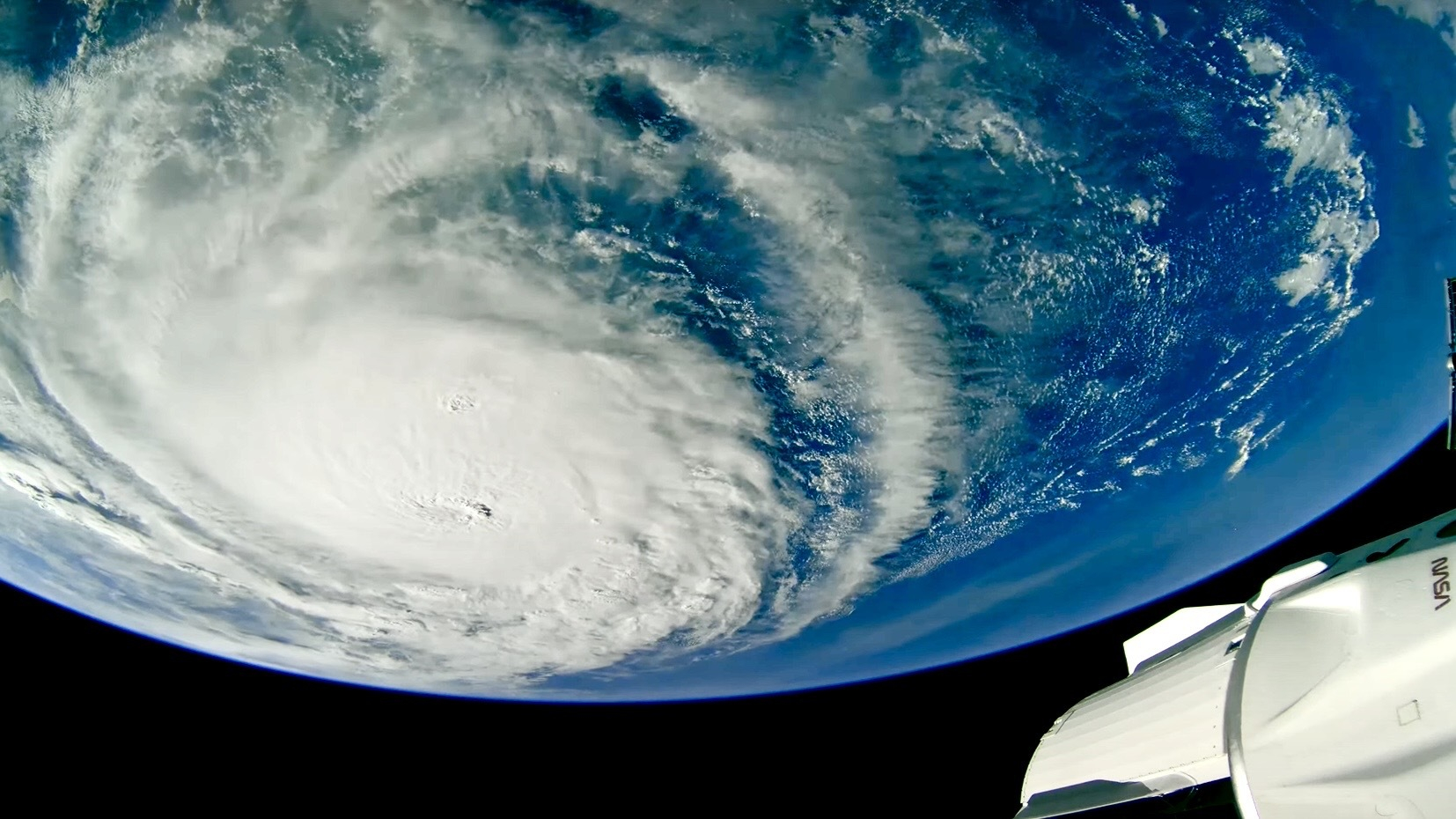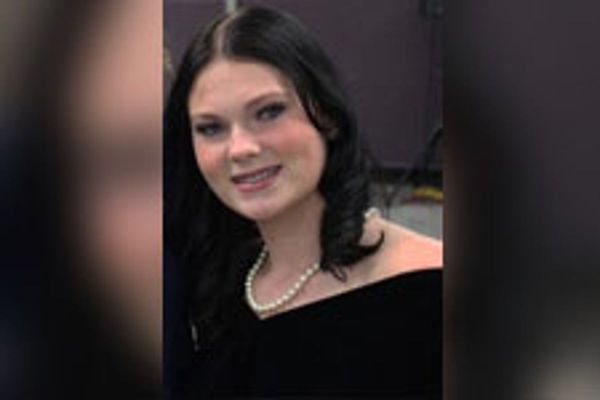
Near Space Labs, a New York-based startup, has deployed a network of high-altitude balloons equipped with advanced robotic cameras to capture high-resolution images of disaster-prone neighborhoods across the United States.
With this enhanced imagery, the startup said it aims to accelerate the work of insurance companies that rely on aerial data to assess property risks and respond to damage caused by extreme weather events.
The newly deployed balloons are outfitted with AI-enabled robots called "Swifts," which are capable of capturing imagery with a resolution of 7 centimeters (2.76 inches) per pixel, according to a recent company statement. Operating in the stratosphere at altitudes twice as high as commercial airplanes, but lower than Earth-observation satellites, each Swift can capture up to 1,000 square kilometers (386 square miles) of imagery per flight — roughly the size of New York City's five boroughs.
The startup plans to provide insurers with frequent granular observations of natural disaster zones — down to details on the roof of a building — to help them better evaluate property damage and make more precise risk assessments.
Related: Climate change: Causes and effects
"With our balloons and our Swifts, insurance companies are able to get access to information right after the catastrophe and assess the damage and pay out claims within days instead of weeks and months," Rema Matevosyan, CEO of Near Space Labs, recently told CNBC. "Our balloons capture what 800,000 drones would with one flight — this means that we can be faster, better and cheaper for our customers."
The recent deployment is designed to be beneficial particularly for the U.S. home insurance market, which has been struggling to safeguard its investments due to the growing number of buildings destroyed by climate-related disasters and the rising costs of rebuilding homes caused by inflation. In 2023, the industry suffered a $15.2 billion net loss, the worst since 2000.
Increasingly frequent and severe weather events — such as hurricanes in the southeastern U.S. and wildfires in the West — have prompted major insurers to withdraw from high-risk states like Florida, California, and Texas. This exodus has negatively impacted property values and left homeowners with fewer, more expensive options for home and fire insurance. According to Near Space Labs, the root cause of this crisis is the gap between escalating climate risks and insurers' ability to accurately assess them.
"Many insurance companies are still relying on aerial data collection methods from the 1950s to assess 2024's climate risks," Matevosyan said in the company statement. "When you consider that only 6% of the $250 billion in losses from Hurricane Helene may be covered by insurance, it becomes clear that outdated risk assessment methods are creating a domino effect: Poor data leads to inadequate policy pricing, which leads to carrier losses, which ultimately forces insurers to abandon entire markets — leaving homeowners stranded and unable to secure mortgages."
The Swift network — which flies at altitudes between 60,000 and 85,000 feet (18,300 to 25,900 m) — can map large disaster zones in detail within hours instead of weeks, providing frequent updates that allow insurers to monitor changing conditions, assess risks more accurately and price policies appropriately, "potentially enabling them to remain in or return to markets they previously abandoned," according to the statement.
The high-resolution imagery also saves time and resources of insurers, who otherwise need to deploy people on the ground to assess property damage, Matevosyan said in an interview with Best’s Review.
"We’re looking into ways to help insurers assess things like soil moisture for wildfire risk and new, innovative ways to map areas that previously weren’t deemed high-risk areas but currently are," he said. "There are neighborhoods in Colorado that are very hard to be assessed because, suddenly, wildfires are very common there."







